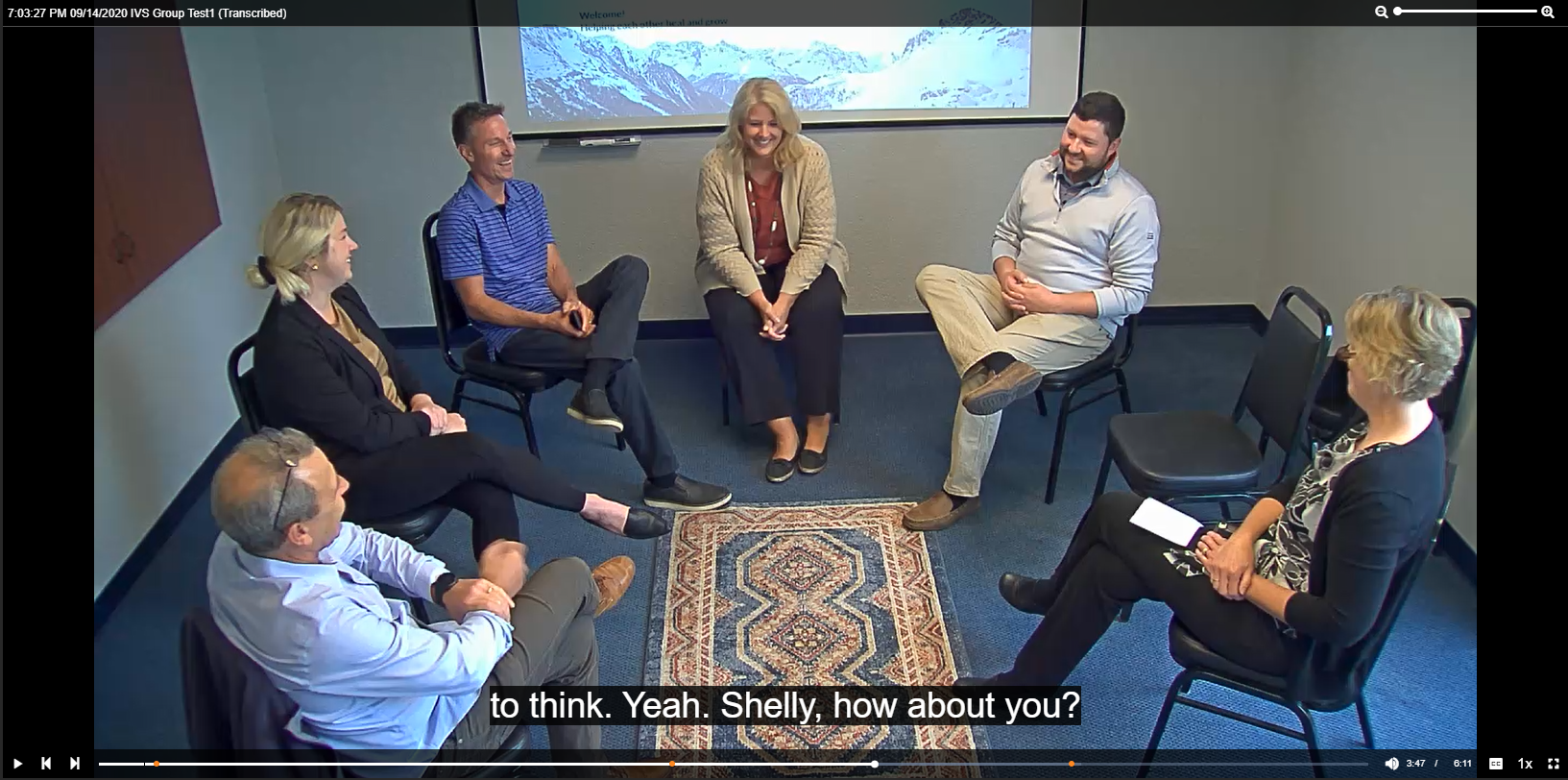Video recording and observation for skills training is enhanced by the addition of closed captions on recorded video files. Below are 5 ways to make the most of closed captions to enhance skills training at your organization.
1. Improve Comprehension
Closed captions improve learning comprehension. This analysis of a 2015 survey conducted by Oregon State University Ecampus Research Unit in partnership with 3Play Media, three-quarters of all respondents, including both those reporting disabilities and those not reporting disabilities, indicated that closed captions are helpful as learning aids. And of that three-quarters, more than 50% said closed captions helped improve comprehension. Encourage training participants to enable closed captions when reviewing the audio/video recording of their training session to gain this added benefit.
2. Complement Learning Strategies
Understanding that closed captions improve comprehension, closed captions can support skills training strategies and help solidify learning outcomes. There is some debate about the effectiveness of learning styles when the curriculum is adapted to one style or the other, but training participants benefit from using multiple learning styles. Enable closed captions to offer training participants a wider array of ways to take in information. Hands-on participation in skills-based training supports the kinesthetic learning style. Feedback provided live by observers, audio notes added to recorded video of the training session, or live debrief supports the auditory learning style. Live observation of skills training sessions, and watching videos in playback or video debrief supports the visual learning style. And closed captions, as well as annotations or notes added to the video, support the read/write learning style.
3. Analyze Keywords
Analyze closed captions for keyword usage, frequency, and trends to improve training outcomes. How often are certain words used? When are they used? What is their impact on the training? Are training results different based on certain words used to teach or to practice skills? Export transcribed video file text for analysis in an external reporting tool or use analysis tools built into your video or transcription software when available. Keyword reports track trends over time, so you can observe how word choice impacts training results, and how training impacts participant word choice. For example, keyword analysis helps measure communication skills used by identifying specific words a participant is advised to use or to not use.
4. Expedite Video Searches
Get to the point! Closed captions save time during training debriefing. Search for and jump to key moments in a video file based on the transcribed spoken word. For example, in the VALT software, when you type a word in the keyword search box, it adds a flag in the video playback bar for each moment in the video where that word was spoken and you can click a flag to jump to that moment in the video. Closed captions help you efficiently review videos with training participants, even when you don’t have time to add annotations or markers to the video during or after the training session.
5. Take Notes
Encourage skills training participants to use closed captions in video playback to improve note-taking. Closed captions help participants record accurate information that they learned by participating in or observing the session. Additionally, it helps improve the application and spelling of terminology specific to their training topic. To be effective, this does require your transcription tool to have at least a 90% accuracy rate, so that the closed captions are not inaccurate.
Closed captions complement and enhance the benefits of a video recording and observation system for skills training. If you’re evaluating audio/video systems for your skills training programs, ask vendors about their closed caption capabilities. Looking for more questions to vet vendors? Check out this guide.








